When it comes to managing your health, few conditions demand attention like type 2 diabetes. It can sneak up quietly, driven by years of small choices—too much sugar here, not enough fiber there—until suddenly, you’re facing blood sugar battles and lifelong medication. But here’s the empowering news: food isn’t just part of the problem—it’s a major part of the solution. And not in the way you might expect.
Forget the bland “diet food” stigma. Nature’s pharmacy is stocked with flavorful, satisfying, and everyday ingredients that don’t just taste good—they actively support stable blood sugar and help lower your diabetes risk. We’re talking about juicy berries, creamy avocados, hearty oats, and even garlic with a health punch. These aren’t exotic or expensive superfoods; they’re delicious, accessible, and backed by science to help your body maintain healthy insulin levels naturally.
You don’t need a nutrition degree or a chef’s toque to make smart choices. In fact, small tweaks—like swapping your usual breakfast for oatmeal topped with walnuts and blueberries—can have a powerful ripple effect. It’s about building habits around whole, nutrient-dense foods that do double duty: fueling your body while helping it resist insulin resistance and inflammation, two key drivers of diabetes.
This list isn’t just a menu—it’s a toolkit. Each of these 14 foods offers a unique benefit, whether it’s fiber to slow digestion, antioxidants to fight cell damage, or healthy fats that keep blood sugar stable. Add them to your grocery list, your lunchbox, or your dinner rotation, and you’ll be making an investment in a healthier future—one delicious bite at a time. Ready to discover the foods that work as hard as you do? Let’s dive into the delicious details.
1. Leafy Greens
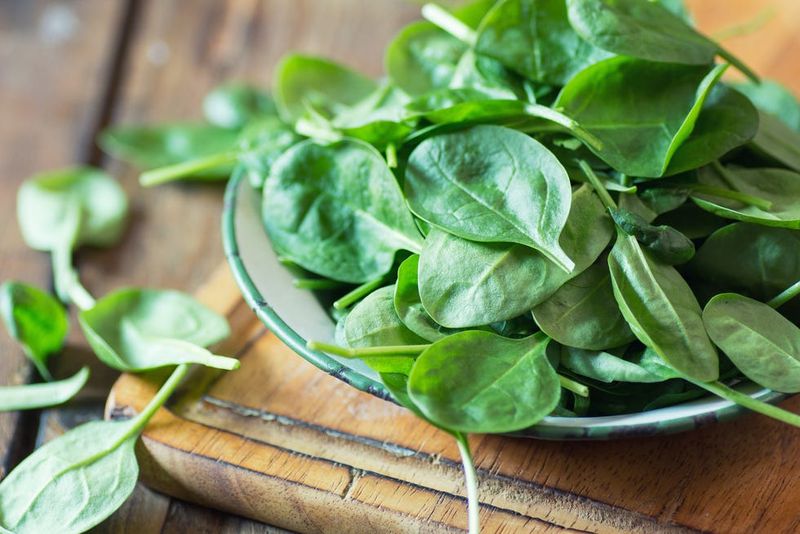
Spinach, kale, and collard greens pack a powerful health punch while barely affecting blood sugar levels. Their high magnesium content helps your body use insulin more effectively, which is crucial for controlling blood sugar.
These versatile veggies can be added to almost anything – smoothies, omelets, soups, or simply sautéed as a side dish. The fiber they contain slows down digestion, preventing those dangerous after-meal sugar spikes.
Just one cup daily provides essential vitamins A, C, and K, along with minerals that many people with diabetes often lack. They’re practically a medicine that tastes good!
2. Colorful Berries
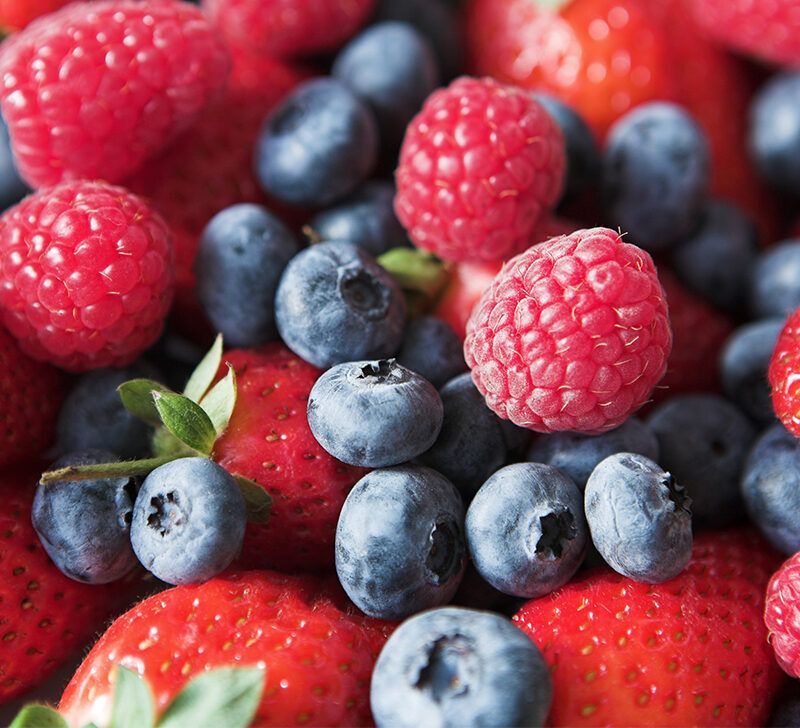
Blueberries, strawberries, and raspberries might taste sweet, but they’re actually blood sugar champions. Their natural compounds called anthocyanins (the pigments that give berries their vibrant colors) improve insulin sensitivity dramatically.
Research shows eating berries regularly can reduce diabetes risk by up to 26%. The fiber in these tiny fruits slows sugar absorption while satisfying sweet cravings naturally.
Fresh or frozen, berries make perfect snacks, breakfast toppings, or dessert alternatives. Their low glycemic index means you can enjoy their sweetness without the blood sugar rollercoaster that comes with processed sweets.
3. Protein-Packed Nuts and Seeds
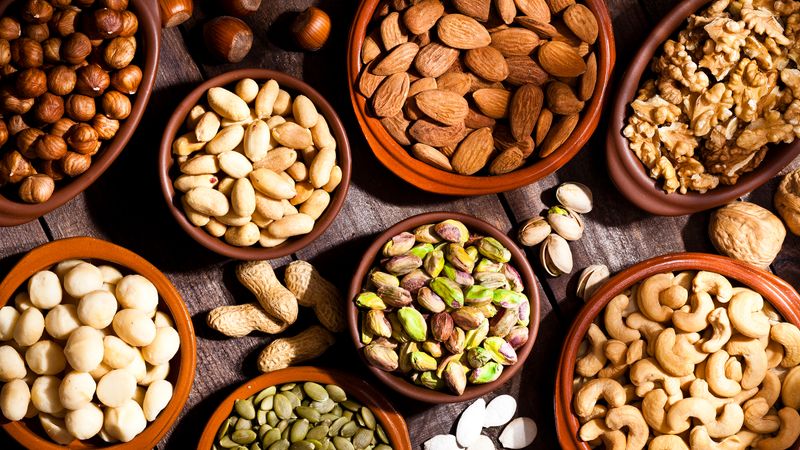
Almonds, walnuts, and chia seeds might be tiny, but they’re mighty diabetes fighters. The healthy fats and protein they contain help slow digestion and prevent rapid blood sugar changes after meals.
A handful of mixed nuts daily has been linked to a 40% lower diabetes risk in studies. Their magnesium content also supports proper insulin function, making your cells more responsive to this important hormone.
Sprinkle them on salads, blend into smoothies, or enjoy as a convenient snack. The fiber, protein, and healthy fat combination creates the perfect blood sugar-stabilizing trio.
4. Hearty Whole Oats
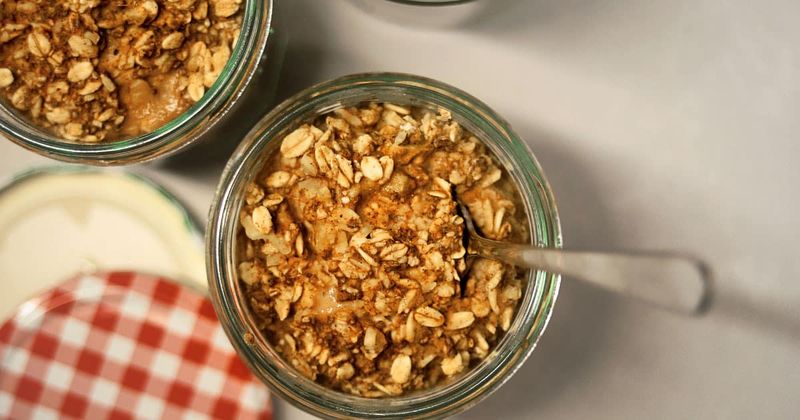
Morning oatmeal does more than fill your stomach – it actively protects against diabetes. The beta-glucan fiber in oats forms a gel-like substance during digestion that dramatically slows carbohydrate absorption.
Steel-cut and rolled oats have a lower glycemic index than instant varieties, making them especially beneficial. Studies show eating oats regularly can improve insulin sensitivity by up to 20% over time.
For maximum benefit, top your oatmeal with cinnamon, nuts, and berries – all diabetes-fighting foods themselves! This breakfast powerhouse keeps blood sugar steady for hours, preventing the mid-morning crash that often leads to unhealthy snacking.
5. Creamy Avocados
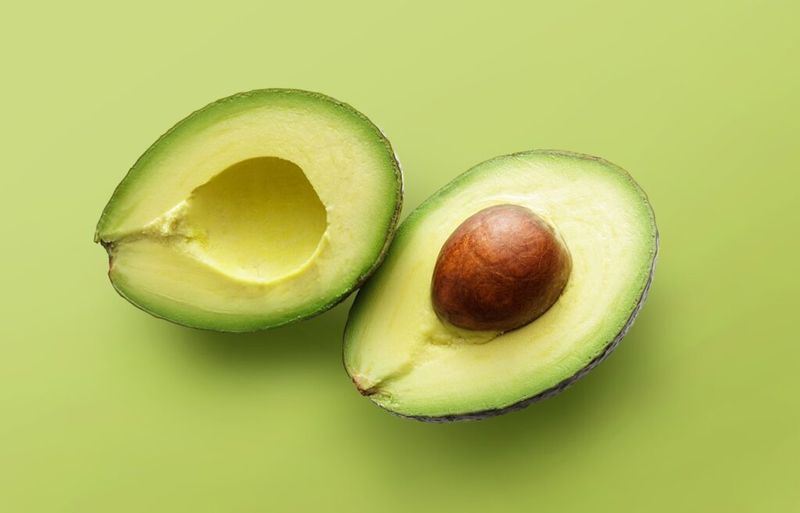
Avocados break the mold when it comes to fruits – they’re loaded with beneficial fats instead of sugars. Their monounsaturated fatty acids improve insulin sensitivity while their high fiber content (about 7 grams per half avocado) slows digestion.
Adding avocado to a meal can actually reduce the blood sugar impact of other foods you eat alongside it. Their potassium content also helps regulate blood pressure, another important factor for diabetes prevention.
Mash them on toast, dice into salads, or blend into smoothies for a creamy texture. The healthy fat helps your body absorb more nutrients from other foods you eat with them.
6. Wild-Caught Fatty Fish
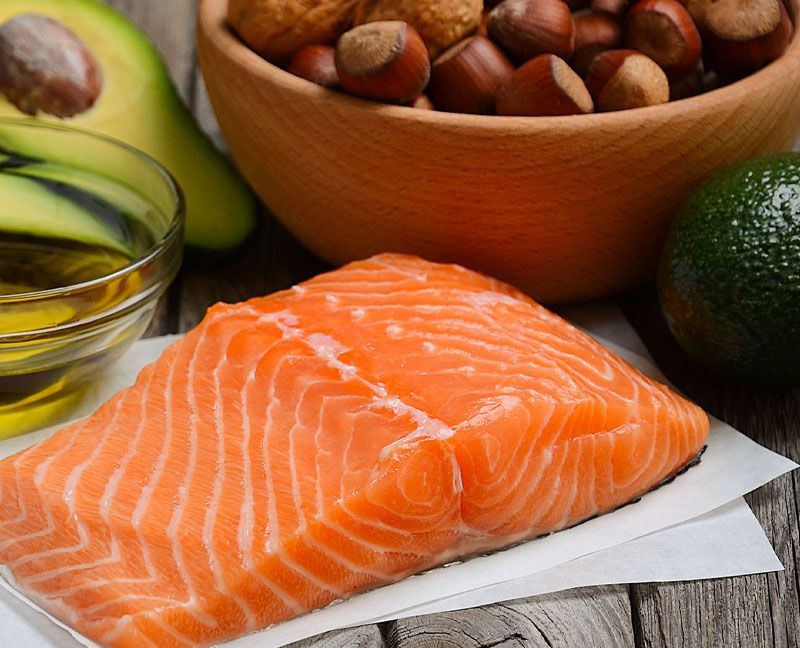
Salmon, mackerel, and sardines deliver powerful omega-3 fatty acids that fight inflammation – a key factor in insulin resistance. These coldwater fish help your cells respond better to insulin while protecting your heart, which is especially important for diabetes prevention.
Just two servings weekly can reduce diabetes risk by up to 24%, according to research. The protein in fish also helps you feel fuller longer, preventing overeating that can lead to weight gain.
Bake, grill, or broil these fish rather than frying to preserve their health benefits. Their natural fatty acids also support brain health and mood regulation – a welcome bonus beyond blood sugar control!
7. Versatile Eggs
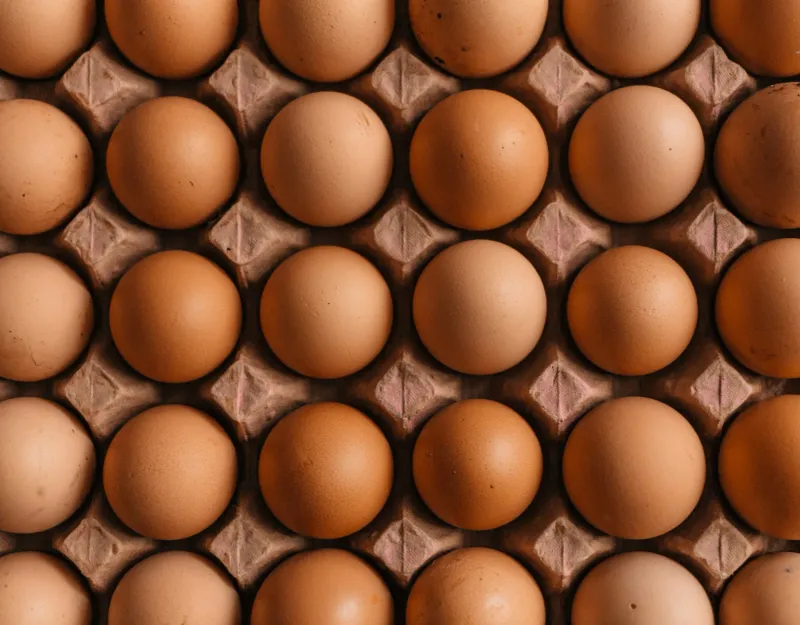
Once unfairly demonized, eggs have made a remarkable comeback as nutrition superstars. Their high-quality protein improves blood sugar control by slowing digestion and keeping hunger at bay for hours.
Eggs contain unique antioxidants called lutein and zeaxanthin that protect eyes from diabetes-related damage. Research shows eating eggs at breakfast can reduce blood sugar fluctuations throughout the entire day.
Don’t fear the yolks – they contain most of the nutrients! Studies now confirm that moderate egg consumption (up to one daily) doesn’t increase heart disease risk for most people and may actually help prevent diabetes by improving insulin sensitivity.
8. Aromatic Garlic
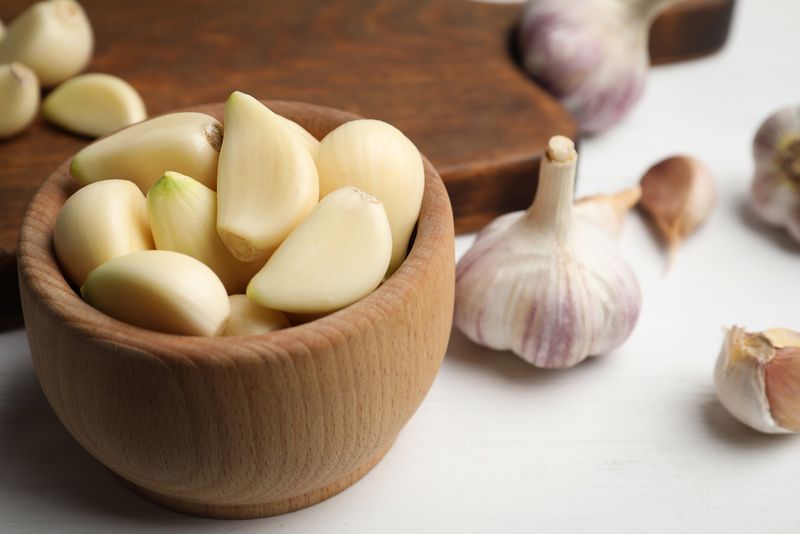
Garlic does more than flavor your food – it actively fights diabetes on multiple fronts. Its sulfur compounds enhance insulin production while reducing inflammation that can lead to insulin resistance.
Studies show consuming garlic regularly can lower fasting blood sugar by up to 12%. For maximum benefit, crush or chop garlic and let it sit for 10 minutes before cooking, which activates its medicinal compounds.
Add it liberally to soups, stir-fries, and marinades. Beyond blood sugar benefits, garlic supports heart health by reducing cholesterol and blood pressure – both critical for people concerned about diabetes risk.
9. Cruciferous Broccoli
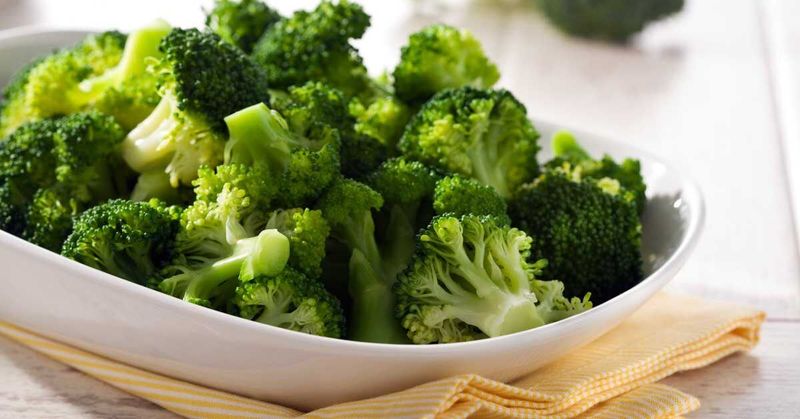
Broccoli contains a special compound called sulforaphane that may be a diabetes-prevention superstar. This plant chemical activates anti-inflammatory and antioxidant pathways that protect blood vessels from damage caused by high blood sugar.
The fiber in broccoli (about 2.4 grams per cup) slows digestion and prevents blood sugar spikes. Its impressive vitamin C content also supports immune function, which is often compromised when blood sugar is unstable.
Lightly steaming preserves more nutrients than boiling. Try roasting broccoli with olive oil and garlic for a delicious side dish that combines multiple diabetes-fighting foods in one simple recipe.
10. Fiber-Rich Legumes
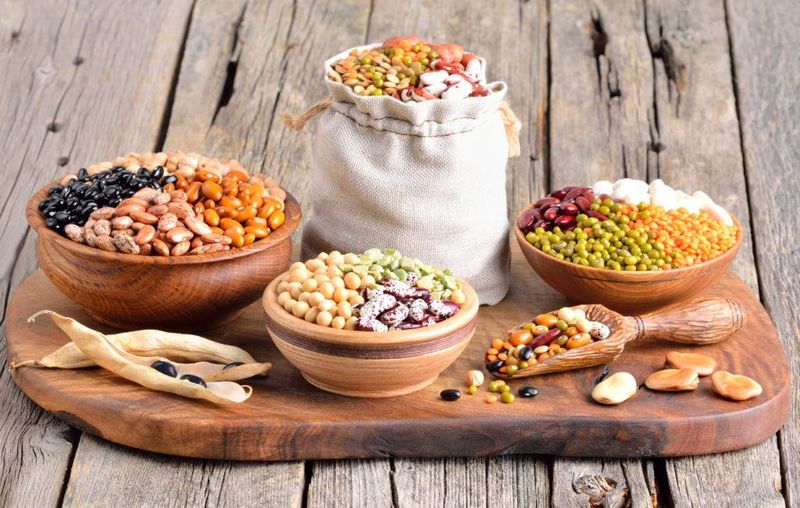
Beans, lentils, and chickpeas are blood sugar regulation champions. Their remarkable combination of protein and soluble fiber creates a slow, steady digestion process that prevents glucose spikes.
The resistant starch in legumes acts as food for beneficial gut bacteria, improving overall metabolic health. Studies show eating just ½ cup of beans daily can lower blood sugar by up to 20% while reducing harmful LDL cholesterol.
Try adding black beans to salads, using lentils in soups, or snacking on roasted chickpeas. Their high magnesium content also supports proper insulin function, creating a powerful diabetes-prevention package in an affordable, versatile food.
11. Golden Olive Oil

Extra virgin olive oil contains polyphenols that reduce inflammation and help cells respond better to insulin. Its monounsaturated fats improve blood sugar control while protecting heart health – a crucial combination for diabetes prevention.
Research shows people consuming olive oil regularly have up to 16% lower diabetes risk. The oleocanthal compound in fresh olive oil acts similarly to anti-inflammatory medications, targeting the root causes of insulin resistance.
Use it for low-temperature cooking, salad dressings, or drizzled over finished dishes. Look for bottles in dark glass that say “extra virgin” and have a harvest date – fresher oil contains more beneficial compounds.
12. Probiotic Greek Yogurt
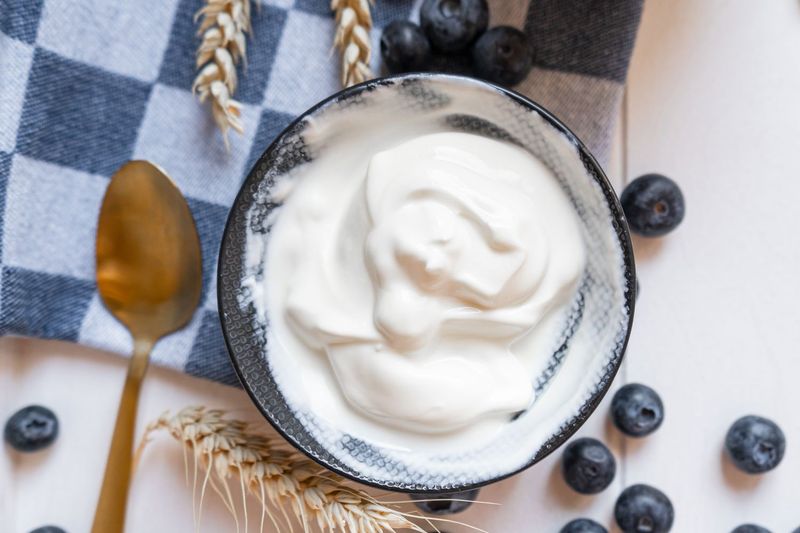
Greek yogurt delivers twice the protein of regular yogurt with fewer carbohydrates, creating a perfect blood sugar-friendly snack. The probiotics it contains improve gut health, which research increasingly links to better glucose metabolism.
Calcium and vitamin D in yogurt support insulin function while the protein keeps hunger at bay. Studies show consuming yogurt regularly can reduce diabetes risk by up to 28%, particularly when replacing less healthy snacks.
Choose plain varieties without added sugars, then add your own berries or nuts for flavor. The combination of protein and fat creates a satisfying snack that won’t spike blood sugar like carbohydrate-heavy options.
13. Tangy Fermented Foods
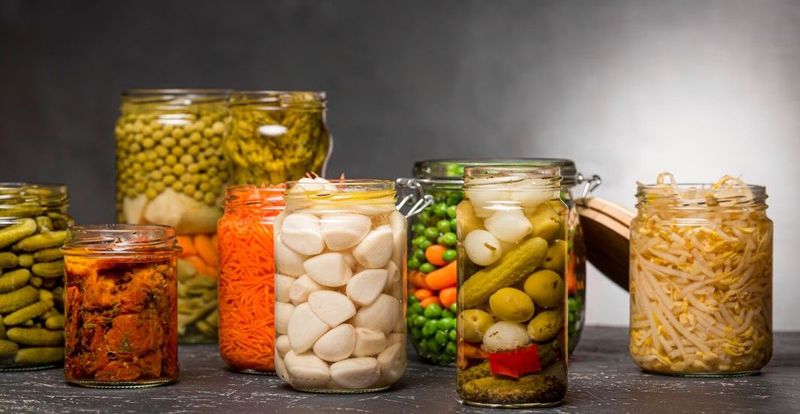
Kimchi, sauerkraut, and kombucha do more than add interesting flavors to your meals – they actively improve your body’s ability to regulate blood sugar. The fermentation process creates beneficial bacteria that enhance insulin sensitivity.
These probiotic powerhouses also reduce inflammation throughout the body, addressing a key factor in diabetes development. Research shows people consuming fermented foods regularly have more diverse gut microbiomes and better glucose control.
Start with small portions if you’re new to these foods. Just a few tablespoons of sauerkraut alongside a meal or a small glass of kombucha can begin shifting your gut health in a diabetes-protective direction.
14. Sweet-Tart Grapes
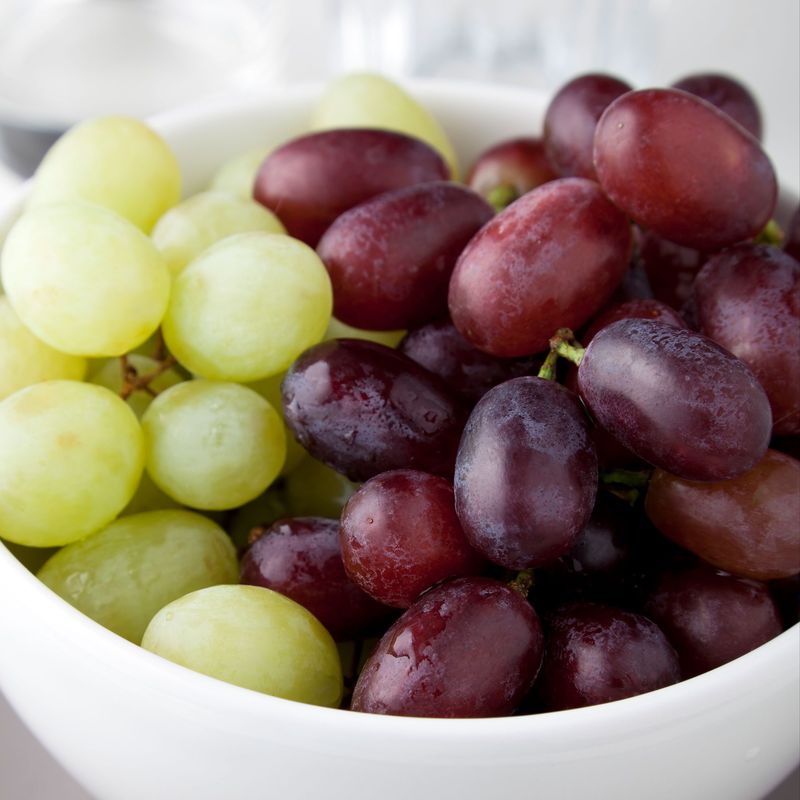
Grapes contain a powerful compound called resveratrol that activates the same protective pathways as calorie restriction – without the hunger! This natural plant compound improves insulin sensitivity while protecting blood vessels from damage.
Red and purple varieties contain the most beneficial compounds. Despite their sweetness, grapes have a moderate glycemic index, especially when eaten with a source of protein or healthy fat.
Freeze grapes for a refreshing summer treat that takes longer to eat, helping you enjoy their sweetness without overindulging. The skin contains most of the beneficial compounds, so choose whole grapes rather than juice for maximum diabetes-prevention benefits.
Leave a comment